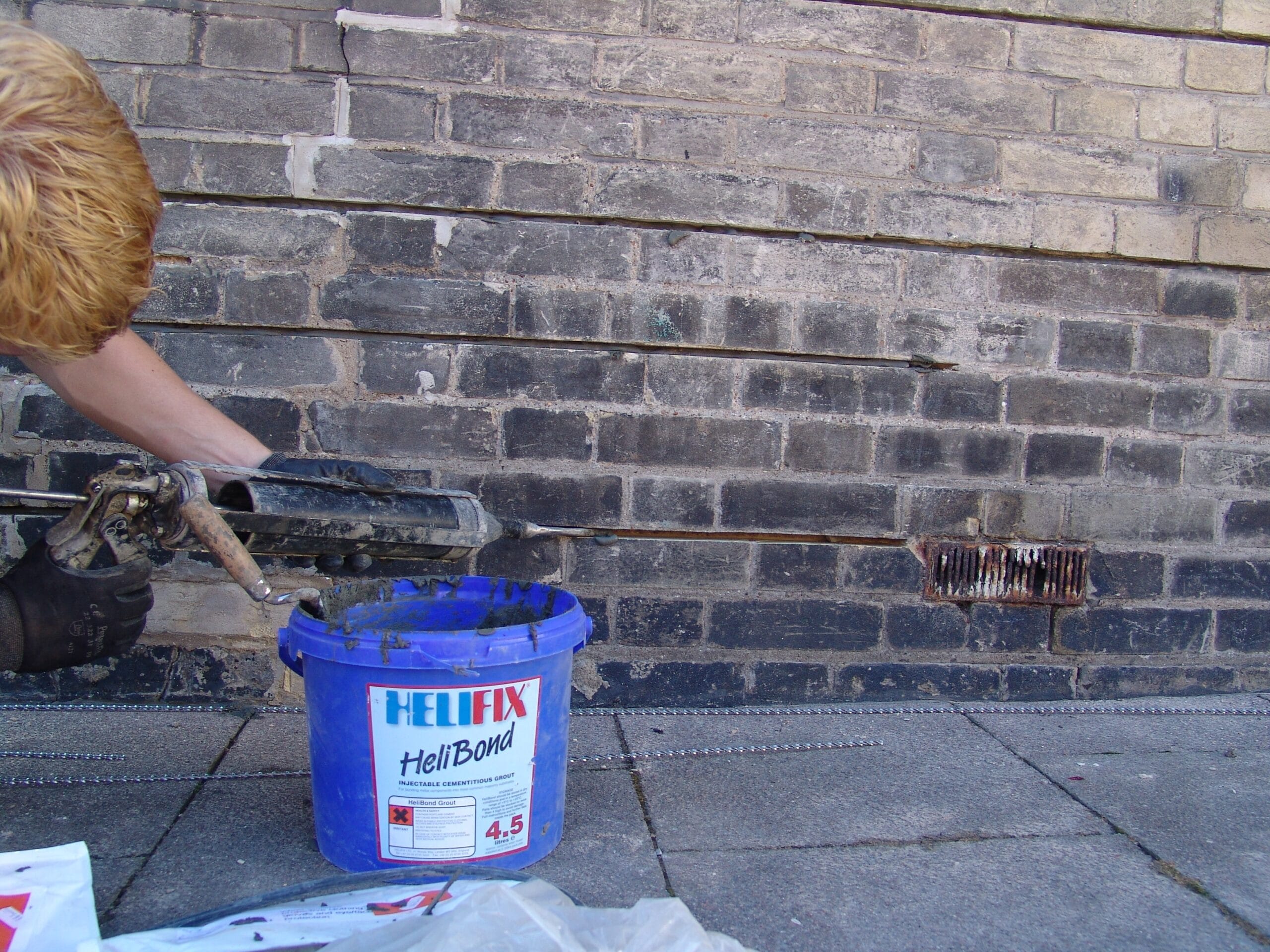
14 Mar What Is Reinforcement in Masonry?
A well-constructed building should have masonry that does its job of supporting the structure. Eventually, however, it may become less efficient at this, either because of extra stress put on it or just because of the effects of time.
In such a case, the masonry may need to be reinforced. So what exactly is reinforcement in masonry, why might it be needed, and how is it done?
Why Your Home Might Need Masonry Reinforcement?
There are various reasons why the integrity of masonry could have become inadequate. In some cases, especially in historic buildings, it may simply have degraded over time. This can be challenging to repair without replacing the masonry, which could be problematic if the building is listed or in a conservation area.
However, the most common reasons why your home might need masonry reinforcement are:
- ground movement
- weathering
- increased loads
- failure of lintels
Which often leads to cracking in masonry at its weakest points.
What Masonry Reinforcement Can Do for Your Home
- Increases the structural integrity of the building by supporting and distributing the loads, and preventing cracking, buckling or collapse.
- Strengthens the masonry’s resistance to bending and shearing forces by distributing the load more evenly, thus reducing the risk of failure.
- Enhances the building’s resistance to environmental stress, such as extreme weather, nearby traffic or industrial processes — or even earthquakes (yes, they do happen in the UK).
- Preserve historic buildings by bringing their specifications up to modern building standards and regulatory requirements.
How Is Masonry Reinforced?
Various approaches exist for reinforcing masonry, but most are essentially based on installing a stainless steel bar into masonry. to strengthen resistance to the load. Ties of the same materials can also be used to bind weak areas of the wall together.
The most common Masonry Reinforcement techniques include:
- Helibar crack stitch repair
- Helibeam system
- Sockfix anchors
- BowTies
- CemTies
- DryFix Ties
The different options allow us to provide the best site-specific solution for each job. However, in our opinion, the best technique is the Helibeam System which combines stress-free horizontal bed joint reinforcement, tying the masonry together, restoring integrity and redistributing structural loads, with ties and fixings that provide lateral and vertical restraint. It provides a relatively low-cost way of restoring structural stability, whereas the alternative might be expensive underpinning or rebuilding.
What Are The Key Benefits of Masonry Reinforcement?
- Quick and easy to install
- Effectively restores structural stability at a reduced cost
- Structural loads supported and redistributed
- No further stresses introduced
- Flexibility accommodates normal structural movement
- Economical alternative to underpinning/rebuilding
- Greatly simplifies lintel and window replacement
- Sympathetic and non-disruptive means of repair are ideal for listed or historic buildings
- Effective within buildings, bridges and tunnels
U&M are Helifix-Approved Installers and have many years of experience in its design and installation. We are pleased to offer free site visits and give advice and/or propose a repair strategy tailored to individual circumstances. An insurance-backed guarantee is available with the system.
Whichever approach you use to reinforce the masonry of your home, you must choose an experienced contractor who specialises in masonry reinforcement and has a proven track record of satisfying customers. Give U&M a call to find out how we can make sure your home remains secure for the foreseeable future.




